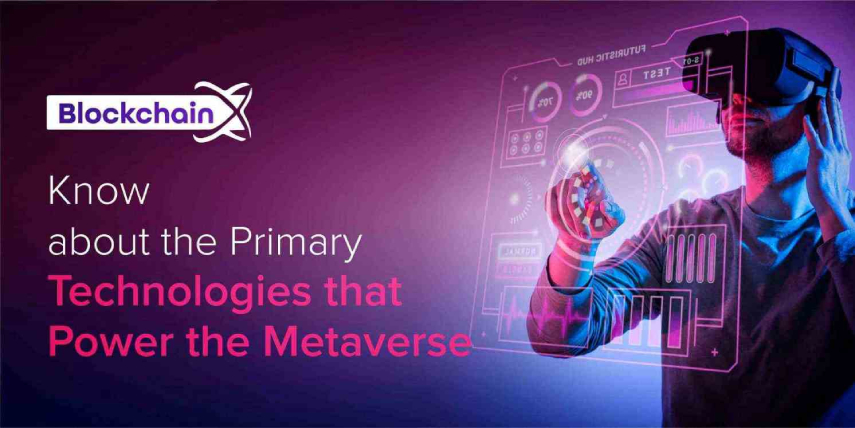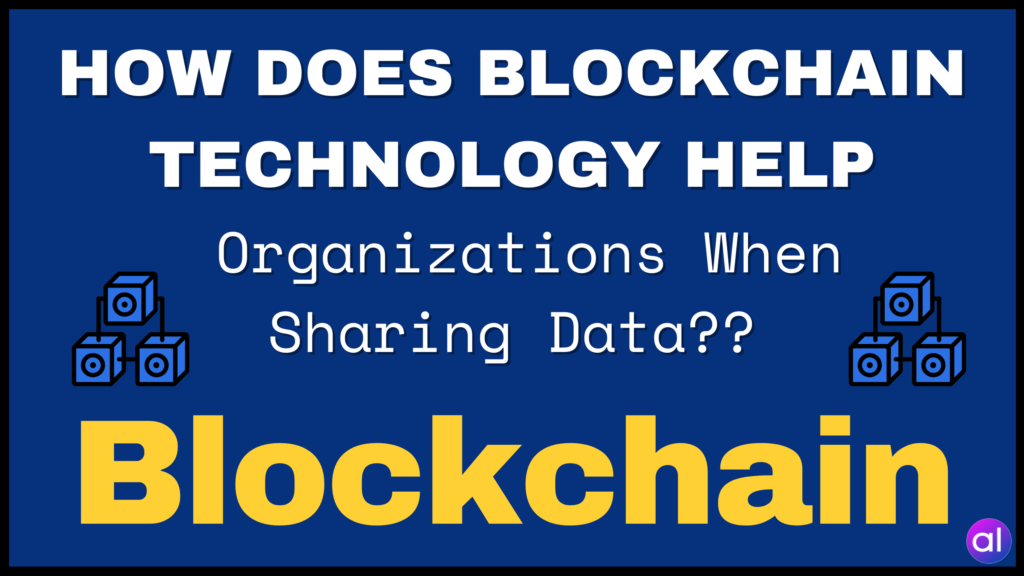
The Metaverse is a concept revolving around virtual objects, lands, and 3D digital worlds. Imagine a world where you can work remotely, attend virtual concerts, and visit art museums all from the comfort of your home. Many big companies have entered this space for good reason.
Now, with the Metaverse and the Internet, you can play, work, shop, and party in the virtual world. Tech companies are integrating cutting-edge technologies to power the evolution of the 3D world. But what are the key technologies that drive Metaverses?
In this blog, we will explore the answer to this question and discuss the implications of each technology for the Metaverse.
Why Understanding Metaverse Technologies is Important?
Understanding the key technologies that power the Metaverse is essential due to ethical concerns. Business owners and technology companies are advancing the Metaverse with an awareness of its potential impact on society and the environment. By understanding these technologies, we can support its development and find enriching ways to connect financially in the virtual world.
Additionally, as the Metaverse continues to grow, it is crucial for everyone to grasp the key technologies involved. Business owners will likely utilize the Metaverse landscape to create immersive, virtual, and industry-specific experiences. It is important to start understanding these technologies now.
New Trends in the Metaverse Space
Recent trends in the Metaverse space highlight the thriving ecosystem supported by trusted names. Understanding the technical foundations of the Metaverse becomes crucial as the industry evolves.
1. Facebook rebranded as Meta and invested $10 billion in Reality Labs for Metaverse content and hardware.
2. Microsoft introduced Microsoft Mesh, focusing on immersive virtual spaces for collaborative work.
3. NVidia launched NVidia Omniverse, an open platform for virtual collaboration.
4. Predictions indicate the global Metaverse market could reach $800 billion in 2022.
These trends underscore the importance of understanding the technologies driving the Metaverse.
Primary Technologies Powering the Metaverse
To enhance the Metaverse experience, companies are leveraging advanced technologies such as Blockchain, Augmented Reality (AR), Virtual Reality (VR), 3D Reconstruction, Artificial Intelligence (AI), and the Internet of Things (IoT).
Blockchain
Blockchain technology provides a decentralized and transparent environment for the Metaverse, enabling functionalities like digital ownership verification, governance, value transfer, and more.
Most notably, blockchain plays a crucial role in enabling cryptocurrency transactions within the Metaverse, allowing users to purchase virtual assets using digital currencies.
Augmented Reality (AR) and Virtual Reality (VR)
AR and VR offer immersive 3D experiences, with AR overlaying digital elements onto the real world and VR creating entirely virtual environments. These technologies serve as access points to the Metaverse.
Artificial Intelligence (AI)
AI drives engagement and immersion in the Metaverse by enabling realistic behaviors from non-player characters (NPCs) and supporting fast data processing.
3D Reconstruction and IoT
3D reconstruction and IoT contribute to creating realistic locations in the Metaverse and connecting virtual environments with real-world devices.
In Conclusion,
Top technologies play vital roles in Metaverse development, each serving specific purposes to build a cohesive virtual world. Blockchain, AR, VR, AI, 3D reconstruction, and IoT drive the functionalities of the Metaverse, offering diverse use cases and near-real-life experiences. These technologies extend our reach across the digital landscape, shaping the future of the Metaverse.



